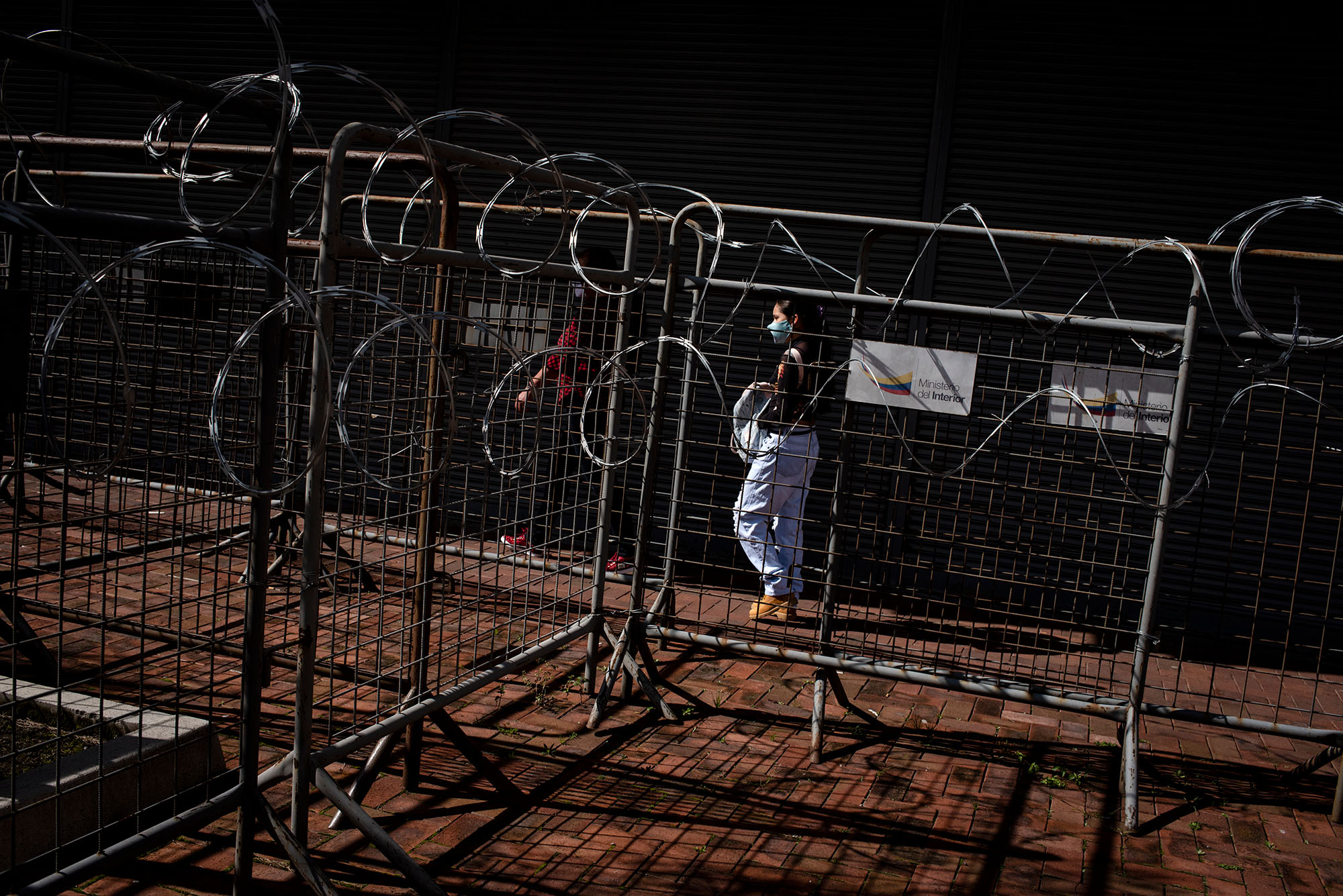Johis Alarcón did not arrive at the Ecuador jails by the hand of photography. Her first times there, were doing workshops on hip hop, graffiti, rap, theatre. Because art creates bonds, it was without looking for it that she came to know life stories with a special depth. Some years later, in 2016, one of his family members was deprived of liberty. So, she had to learn with the body and together with other women, about the relationship with lawyers, the waiting, the police abuses, the prosecutors. She knew what it’s like to sleep with fear that something will happen to a loved one: “is like one half of your life is in there and the other half is outside”.
Years later she obtained permission to enter the prison with the camera. But, as soon as she arrived, she felt that she did not want to photograph anything. Those were scenes that she had seen many times, she had a hard time reliving it. She asked herself questions, took a deep breath, thought carefully about what she wanted to tell and how. She knew that although her personal experience helped her understand, there were many other lives to tell. She also knew that if she let herself be carried away by the stories, the clues would appear soon. “Feeling gives you the lights of when to click,” she says. For her, creating images is the same as creating a dialogue. It is not about imposing, it is the art of sharing.
Johis is a member of Fluxus Foto and Ayün Fotógrafas, and her work has been published in the New York Times, Bloomberg, Courrier Magazine, AJ + Español, Folha de São Paulo, El País, among many other media. She is a National Geographic Explorer and was selected in the Joop Swart Masterclass World Press Photo (2020) and 6×6 Global Talent South America (2019). She obtained the Community Awareness Award “Photographer of the Year International” (2021) and First Place in the Health category “POY Latam” (2021). Johis looks at women, most of the time
“For her, creating images is the same as creating a dialogue. It is not about imposing, it is the art of sharing.”
In Ecuador, she says, the tightening of penalties for drug trafficking increased the number of prisoners resulting in a prison overcrowding of 40%. By 2020 there were about 40,000 prisoners, of which three out of ten are related to drug offenses. These statistics reveal the impact of the drug policy promoted by the United States in Latin America that encourages zero tolerance to micro-trafficking, and implies a judicial system that treats drug use and trafficking as crimes and not as part of public health. What is the point of persecution for micro-trafficking ?, she wonders. “The idea is to show, through these life stories, that beyond the numbers, there are lives and dreams both inside and outside the prison that with these policies are being sentenced,” she says.
Johis finds it sad to see and tell of the violence. But she is convinced that the stories of the broken ties by the judicial system are something to be told. “They say that jail is like the cemetery of the living, a side where no one wants to see,” she says. But where most see “criminals,” she sees mothers, children, partners, wives, and dreams.
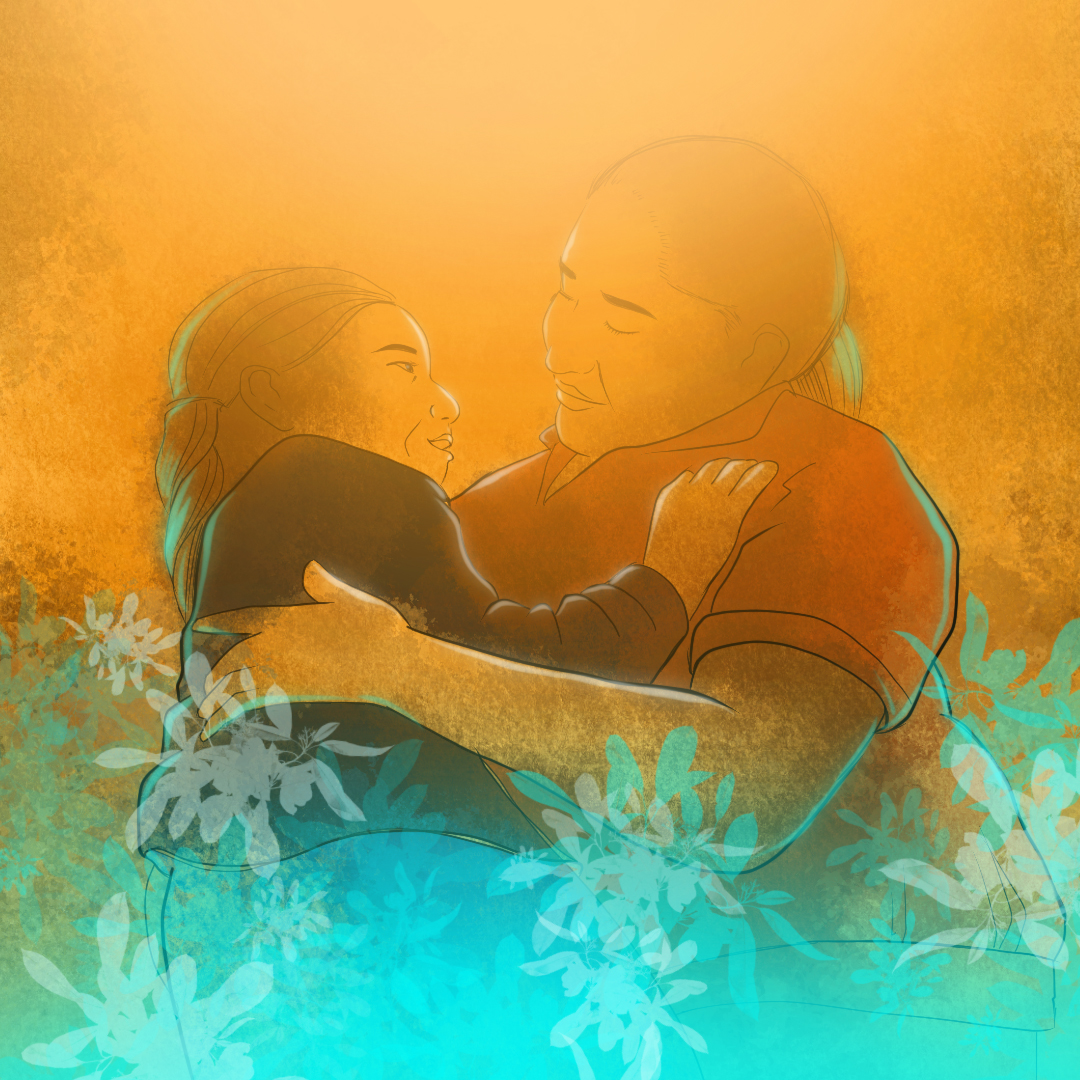
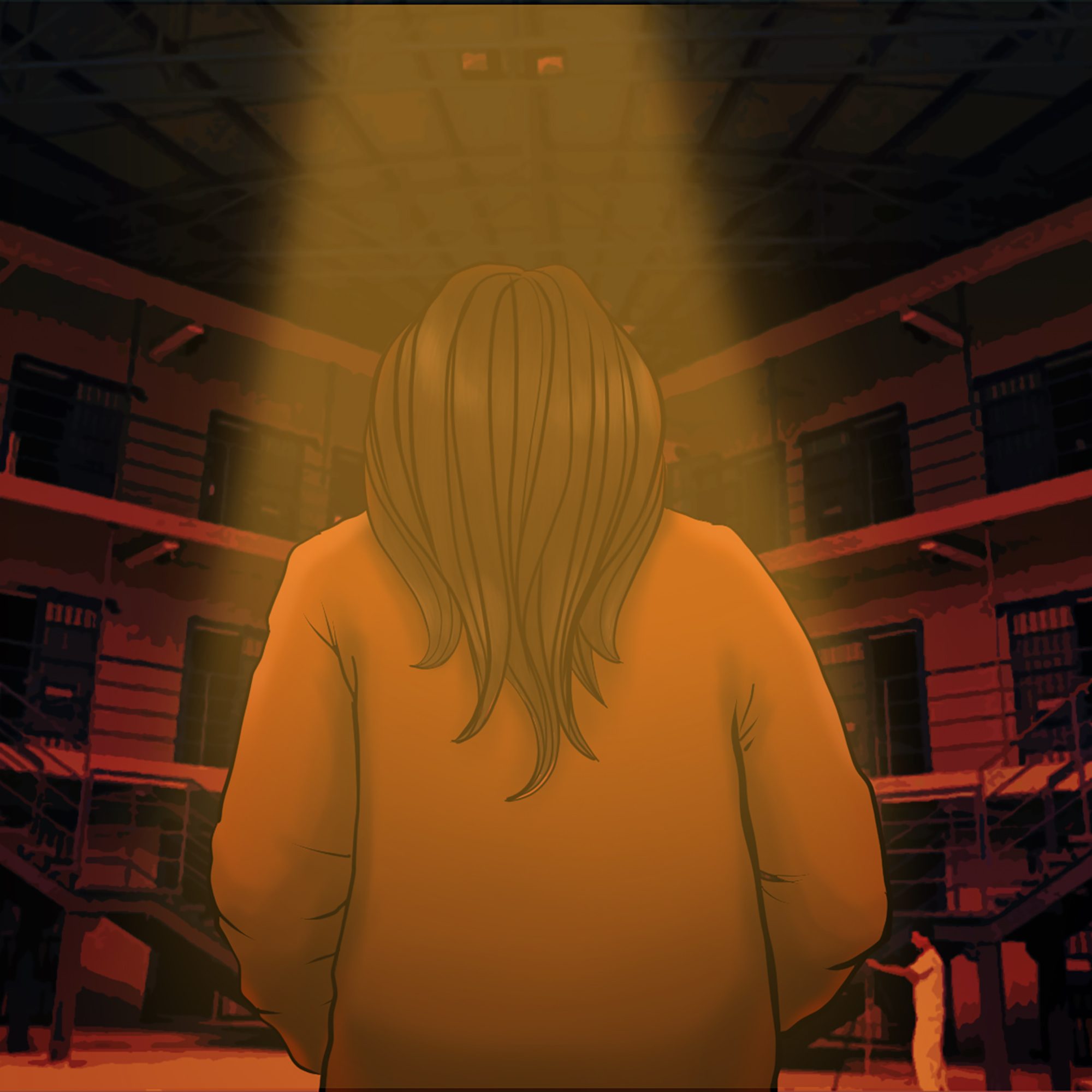
Tell us about Ghetto Dreamers
The Ghetto Dreamers project tells the life stories of two women who have been deprived of their liberty for trafficking in illicit substances, specifically marijuana. I focus on the history of their families. That is, how families endure and experience prison, deprivation of liberty and everything that prison means. Added to that is covid-19, which is what we are experiencing now.
For eight years I have worked in detention centers doing workshops on hip hop, graffiti, rap, theater. So for many years I was close to these stories. In 2016, a relative of mine was deprived of liberty for possession of marijuana. And then I was also able to live this process of being a relative of a person deprived of liberty. We were all women in my family and we had to face everything that came upon us at that moment: the lawyer, the police, the prosecutors, the fear that something would happen to your loved one, the visits, the police abuses, all that comes bundled together with the deprivation of liberty.
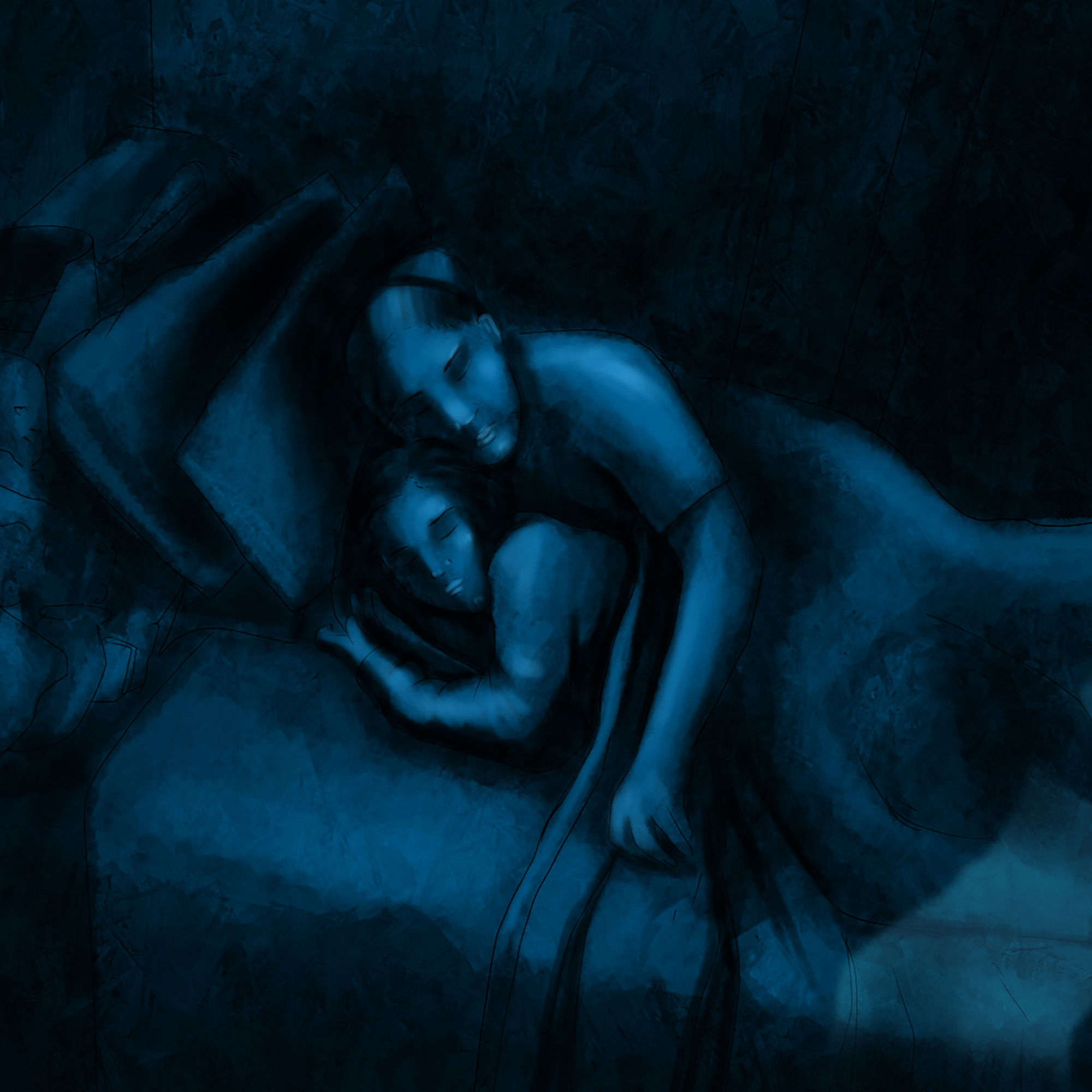
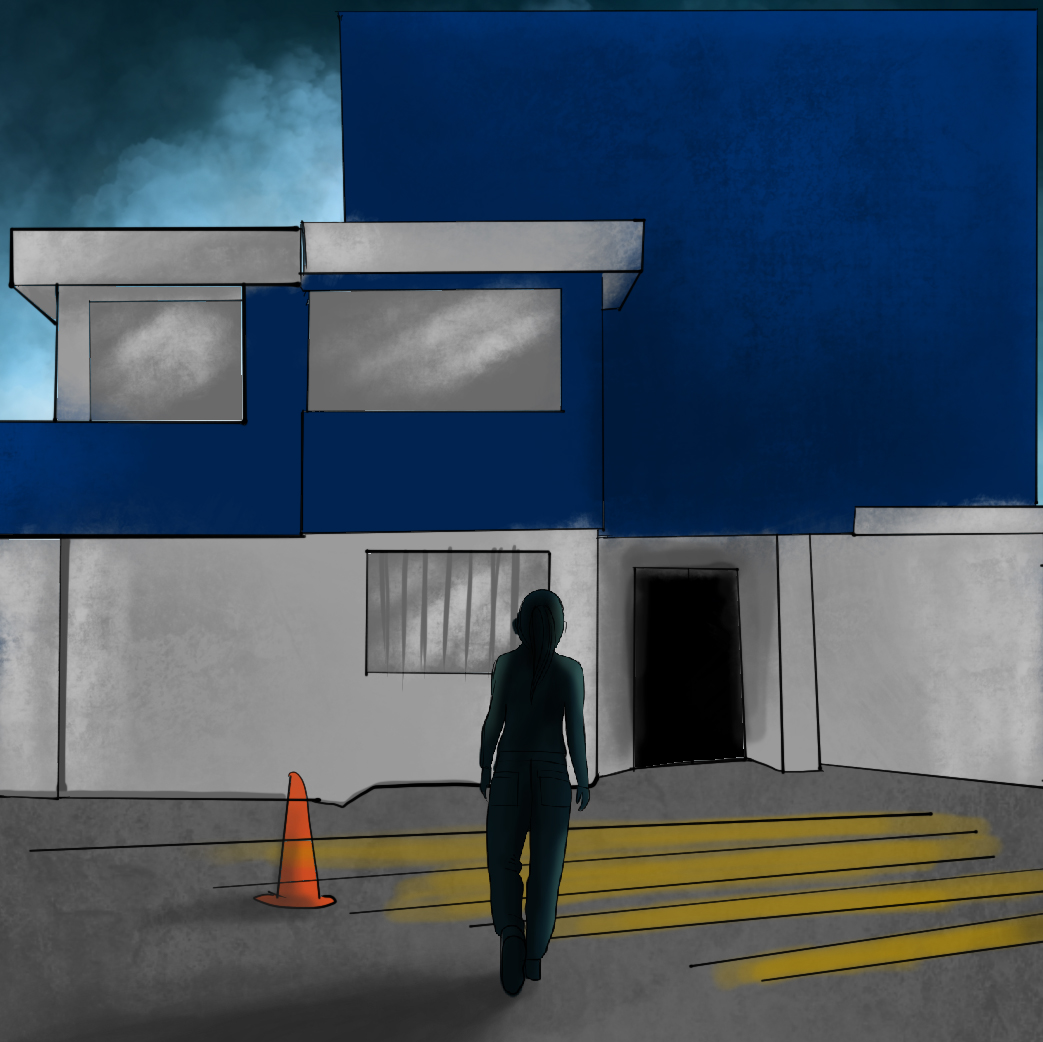
How is the situation of persons deprived of liberty in Ecuador?
I began to question the meaning of this deprivation of liberty for micro-trafficking, in this case of marijuana. In Ecuador, one out of every three people deprived of liberty is related to drug crimes. 30 percent of the entire prison population is related to drug crimes. Of that 30 percent, for most it is their only crime. That is, they have never had a record and do not have criminal profiles. They are young people between 19 and 35 years old, most of them are obviously mules, transporters or micro-traffickers. Among women, 54% are serving sentences related to drug offenses. In other words, what has generated all this overcrowding in the prisons of Ecuador have not been the large merchants or those who support the drug trafficking business, but rather the small merchants, consumers, cannabis growers, and they are above all women .
In Ecuador, a state of prison emergency was declared in 2019 because we reached an overpopulation of 41 percent. This overpopulation began to grow in 2014, when the Comprehensive Penal Code was changed and a new drug policy was implemented. According to Billy Navarrete, secretary of the Permanent Committee for the Defense of Human Rights in Ecuador, since the 1980s the political and economic influence of United States in investment for the anti-narcotics police and the so-called war on drugs that extends throughout Latin America, is reflected in the impact of the criminalization and the growth of the prison population for this crime.
So the sentences for this crime are higher. That is, they are summative: if they find you with 10 grams of marijuana, 2 grams of coca base, which are the most recurrent, they accumulate. People end up paying many, many years of their life in jail. And there are a lot of people. In short, the main issue that I am dealing with is precisely criminalization.
The covid-19 pandemic arrived in Ecuador during a state of emergency in the prison system and increased the conflicts, limitations and fragilities that already existed. The largest massacre in history in Ecuador’s prisons took place in February of this year: 80 prisoners died in extremely violent ways. While the government tries to control the prisons, families and social organizations cry out for the human rights of those deprived of liberty.
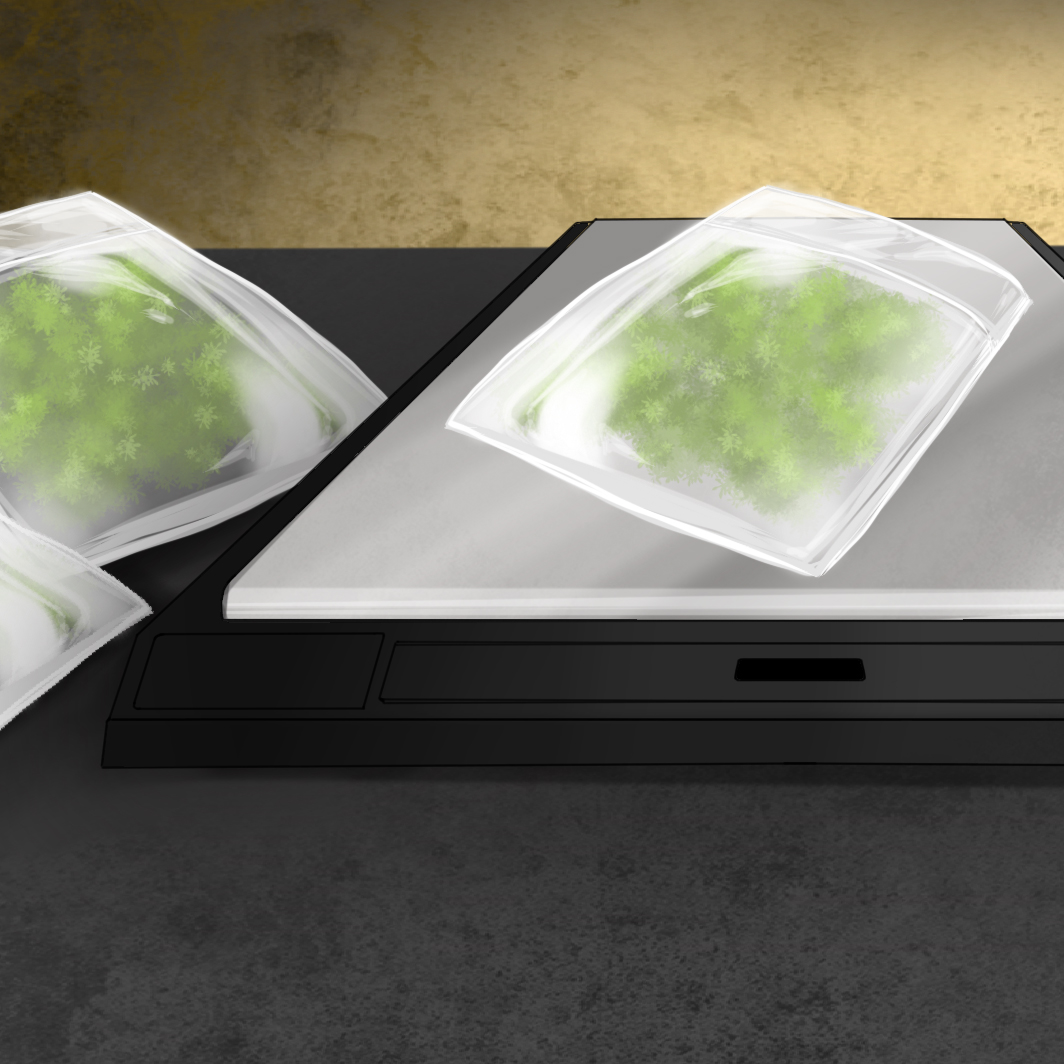
Personally, how was your approach to that universe?
In 2016 I started giving rap workshops in one of the detention centers here in Quito. We entered with a group of different young urban artists and did this self-managed rap workshop. At that time my relative, who also sang and did graffiti, was there.
I am super close to hip hop culture, reggae culture and many of my friends and acquaintances were deprived of their freedom. And of course, that affects all their families too: their daughters, their wives, their mothers. So I started to discover these stories and each story is written in its own way.
Then begins this journey of the journey called Ghetto Dreamers and this multimedia chapter that we are working on. The illustration is being done by my partner Santiago Haro, the animation is being done by Jairo Calle and I am working on the rap with people deprived of liberty. I am also working on photography in collaboration with them.
In this particular chapter I tell two stories: a story about a friend to whom we call Iblunth because her name must be protected.
How did you get to that particular story?
When I met her in late 2016, she had just come out of her time in prison. She is a single mother, at that time Valentina -her daughter- was 7 years old.
Her mother has also been deprived of liberty for the same crime. From a very young age, she was always in this circuit of going to visits, of supporting her siblings. That was the context in which she grew up. When her mother dies, Iblunth is responsible for paying for the expenses of her illness and all the responsibilities she left when she died. During her second detention, her daughter was left in the care of her aunt. She came out of it, at the beginning of this story we did the interview and the next day they took her to jail again in this past year. I am working with her and with her daughter who is eleven years old. Her dream is to be a photographer.
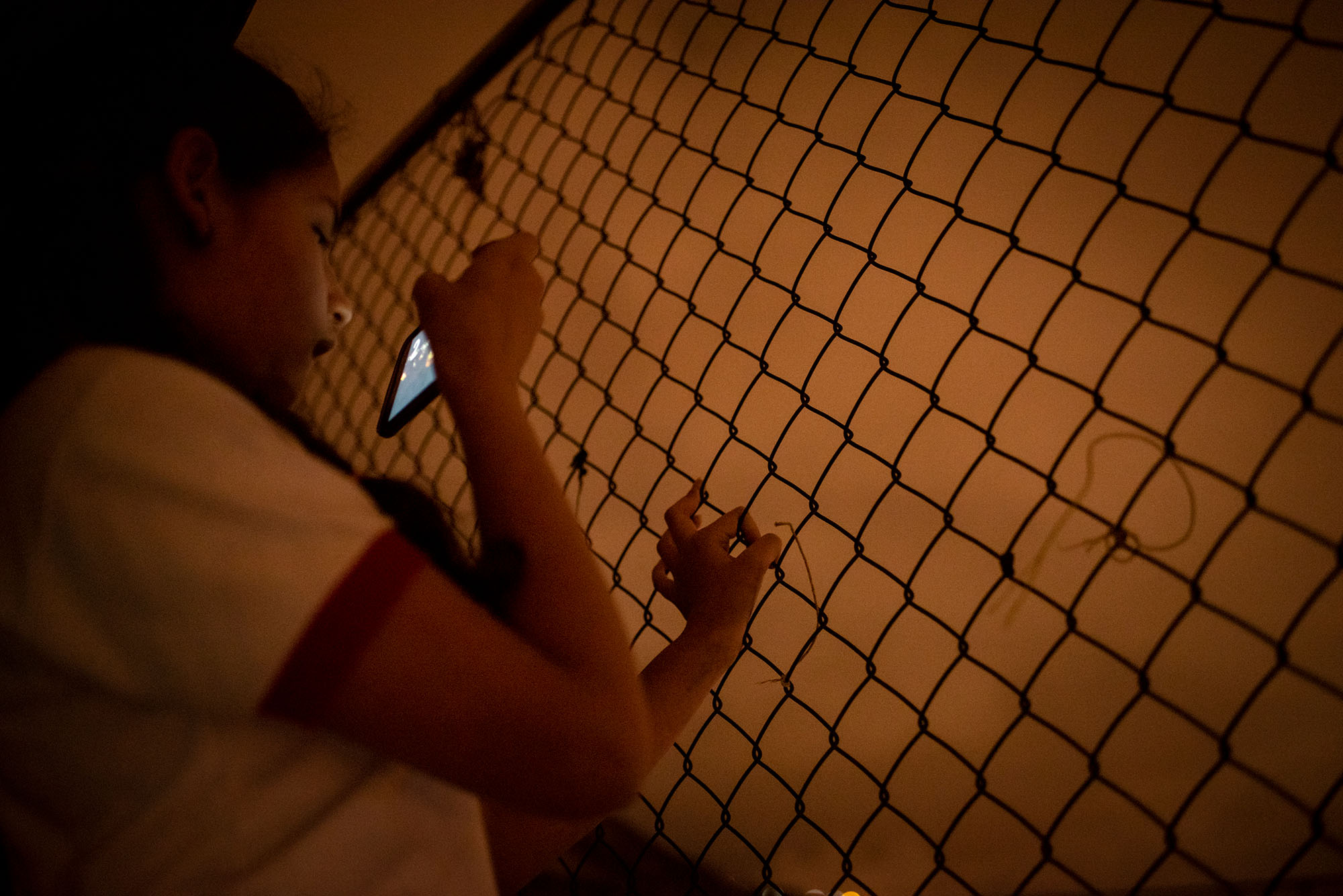
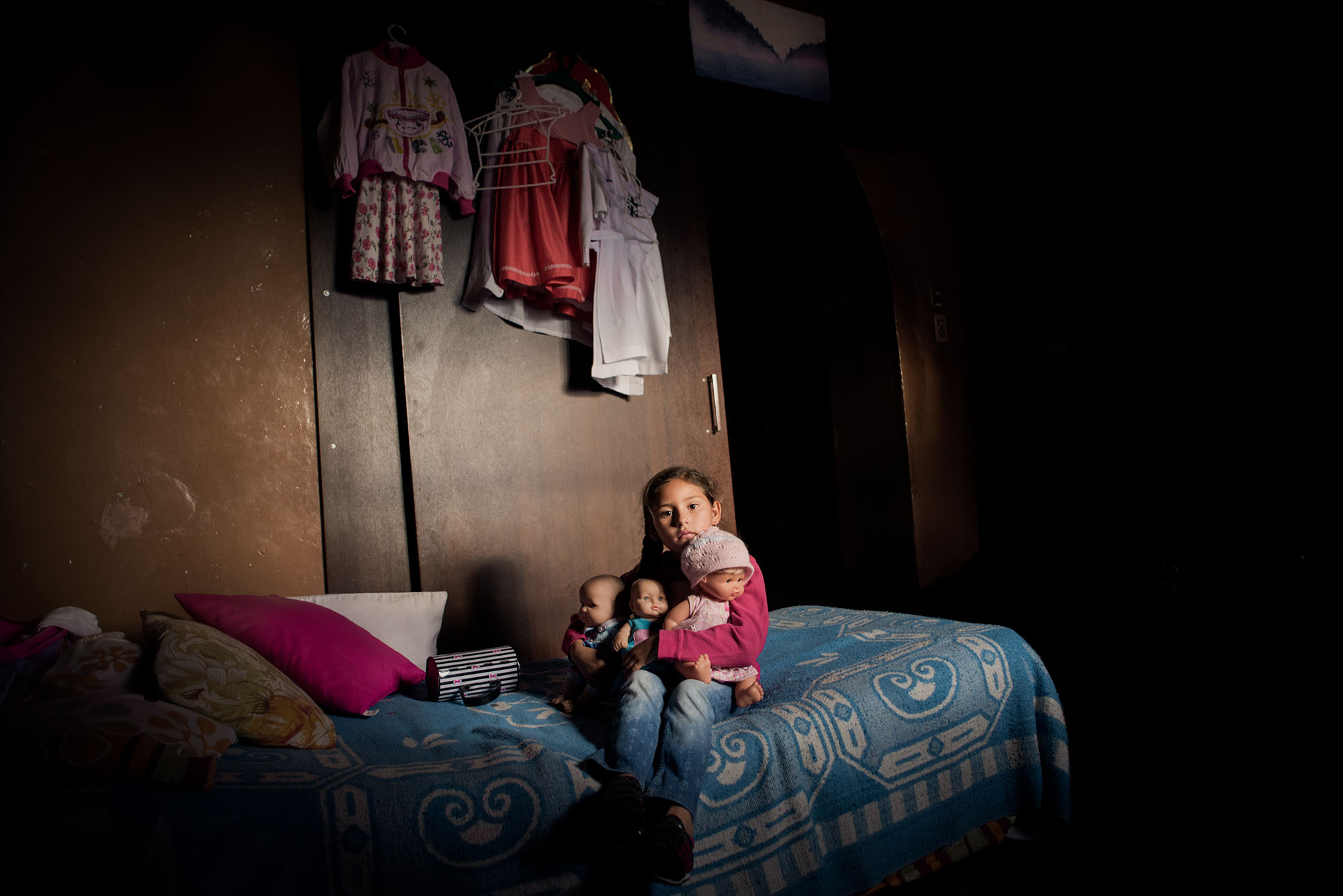
And you pass her the camera?/
Yes, we work together, she has a disposable camera and her cell phone. It is complicated because she has been left without her mother so many times and this time it was so abrupt. Valen is in a moment of silence. Through the photo we are in a certain way playing with the sky, with the cell phone, with the messages, with the Tik Tok videos, things like that.
And are these images going to be part of the series?
Yes, some photos of her are included. A lot of material was produced and some resources will be used for the next supports of the project. At this moment we are concentrating on the videos that are short: two videos of five minutes or so, in which we try to summarize all this that I am commenting on.
The second time she was deprived of liberty she finished her studies, she left prison as a standard bearer. She was the best student. She worked in prison, drew, recorded some songs, had ventures and studied to be able to pay for her lawyer, to be able to get out of there somehow. But hey, well, you go out and face it…
And that is a point that interests me a lot, which is this stigma and this criminalization that creeps in even after prison, which forces you again in a certain way , not always but it does shore you up, to reoffend, which is what has happened to her.
Iblunth lost her job during the COVID-19 pandemic. She was doing very well, she continued her studies and was very close to getting her certification to be able to work again. Then it happened again.
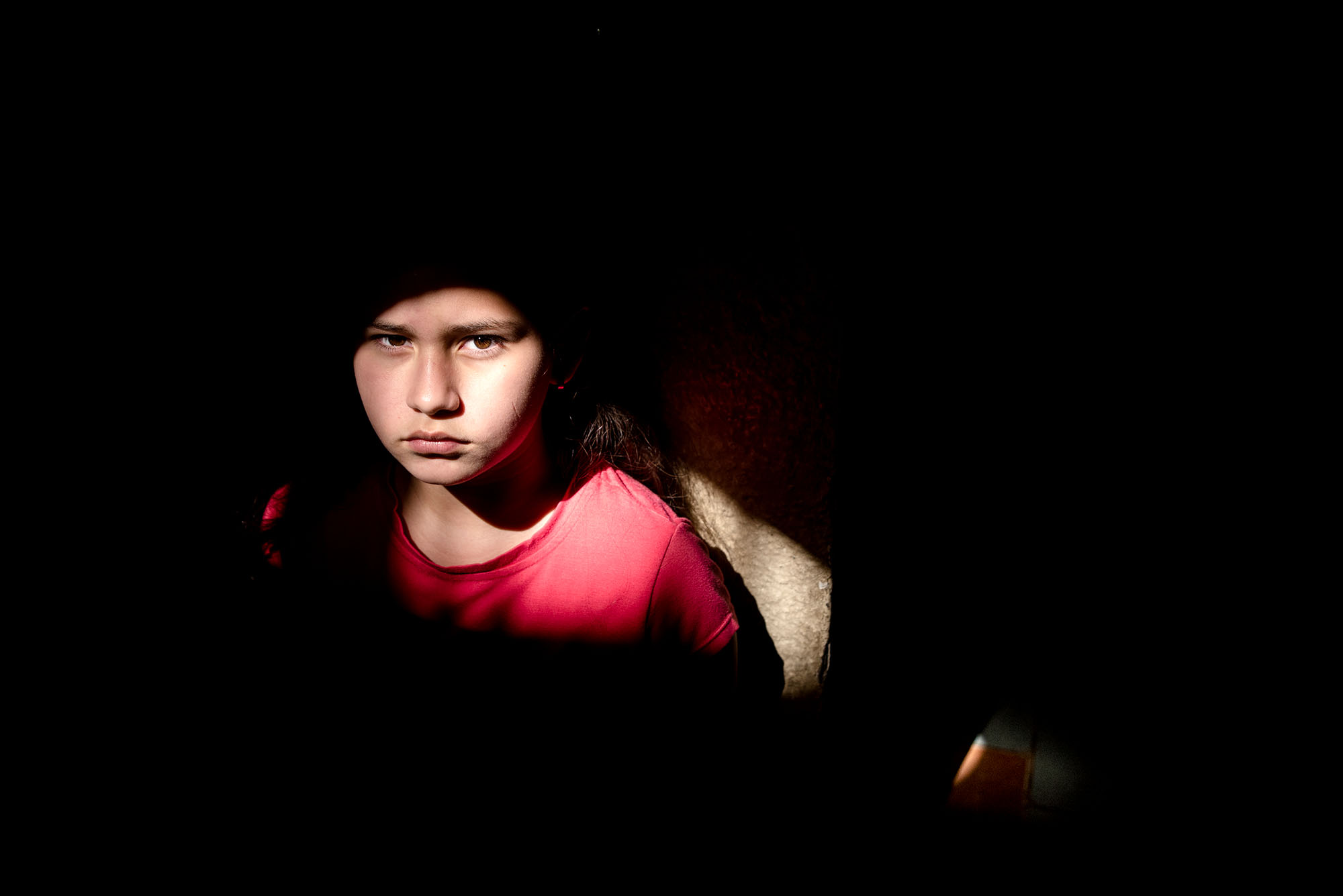
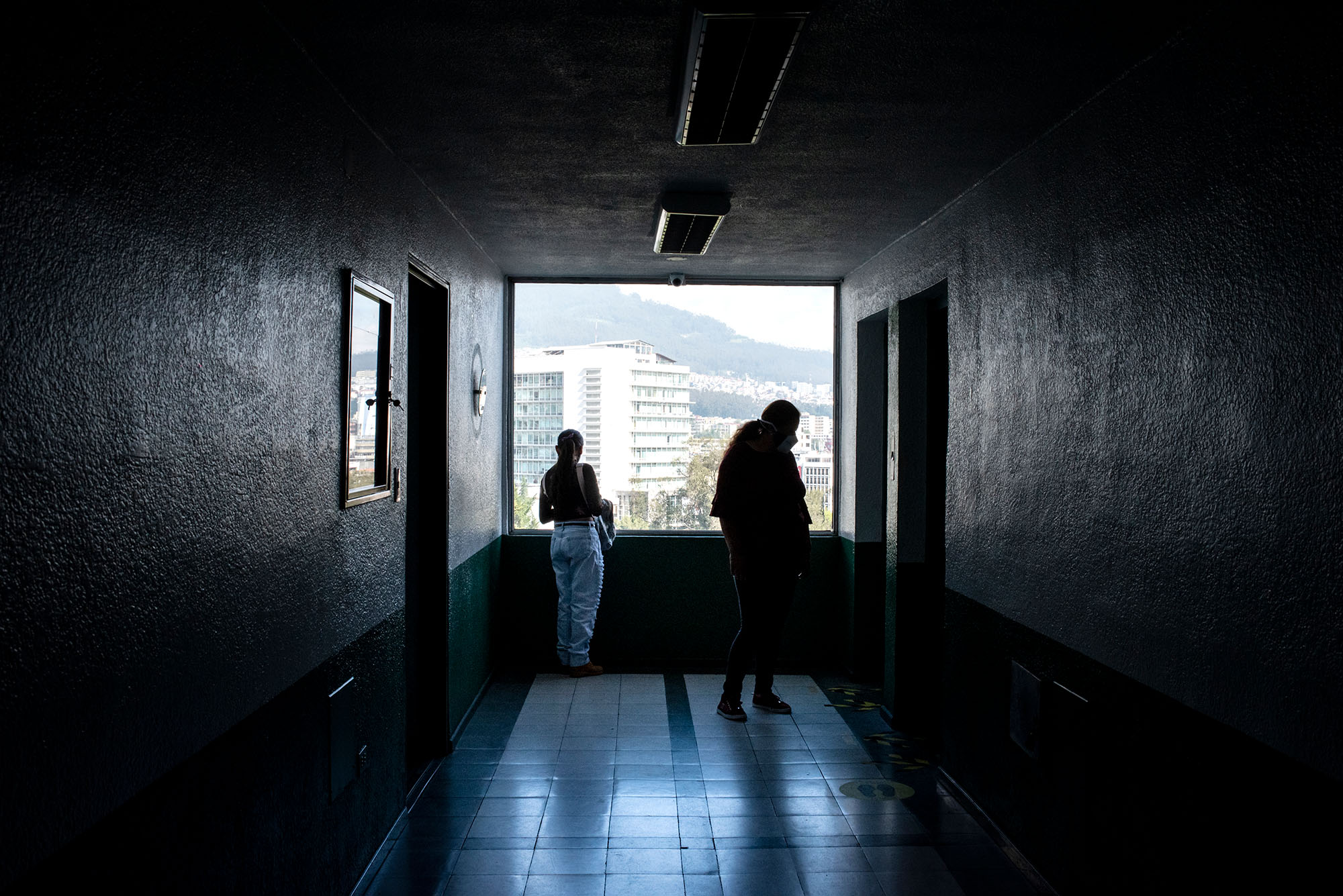
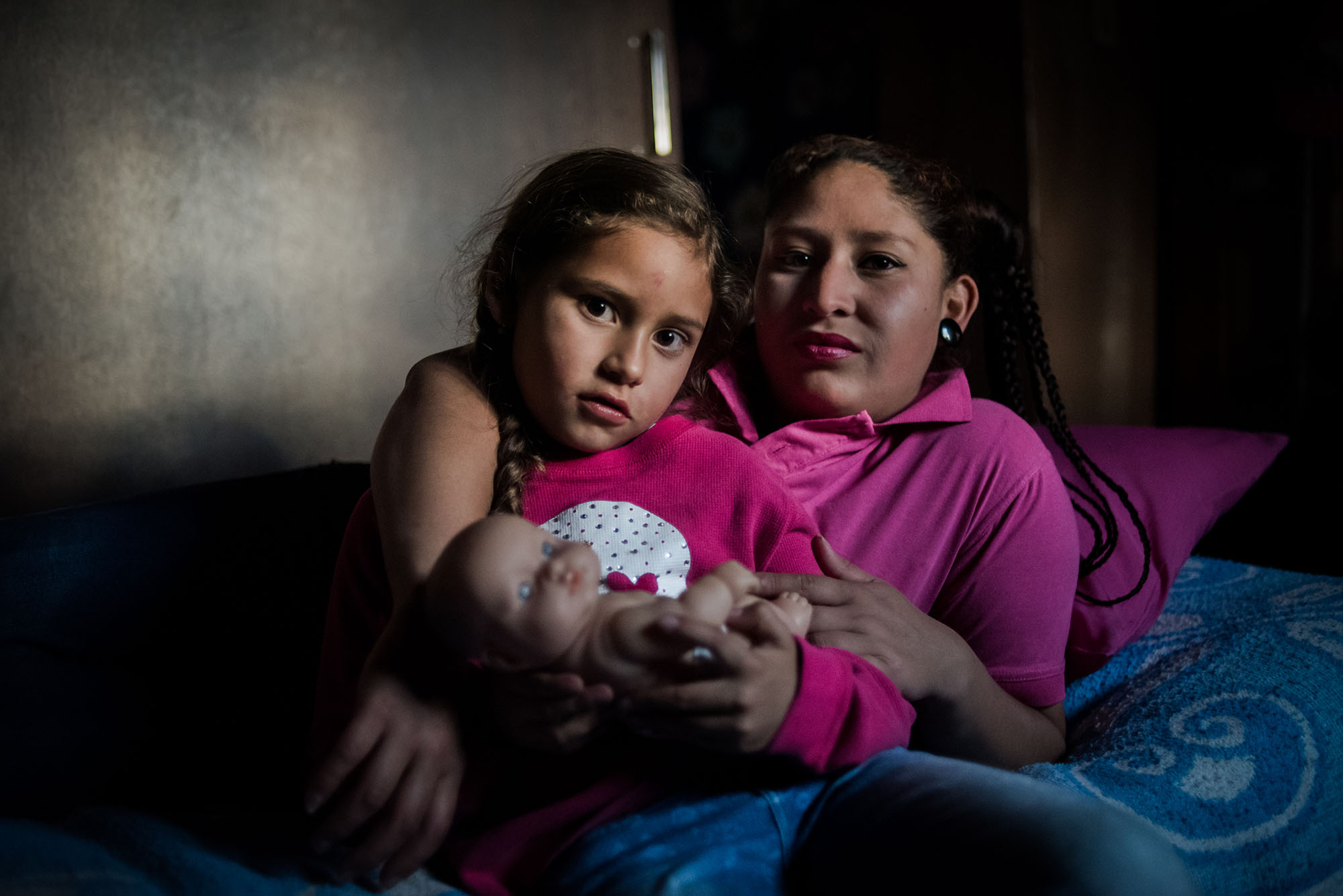
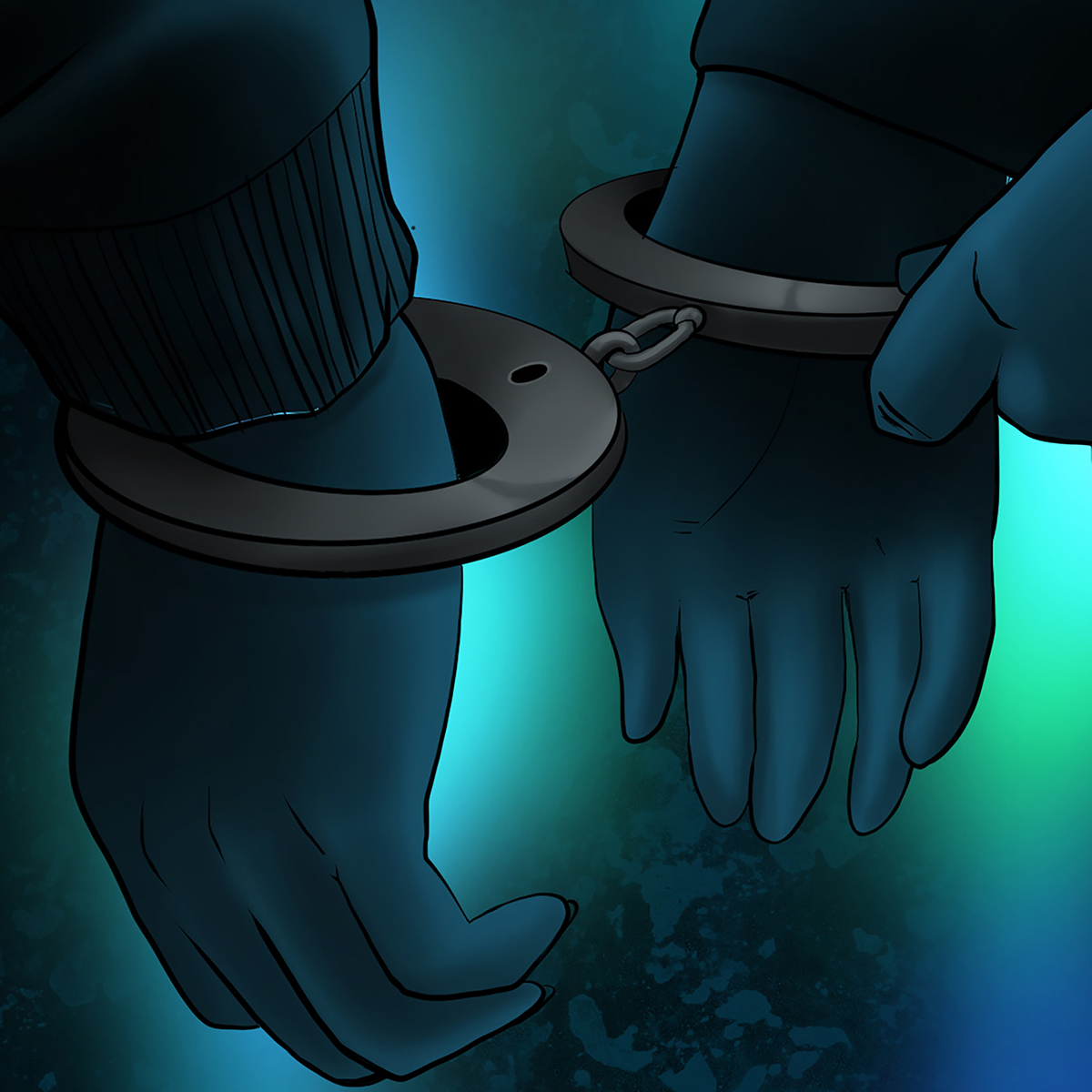
How did the pandemic impact prisons and the way these stories are told?
Visits were forbidden for a long time, but even now Valen will not be able to enter because she is a minor. Unfortunately they will not meet again for a long time. I’m technically creating that dialogue through a rap song Iblunth recorded from prison, a voicemail that she sent to her daughter, and Valen’s responses to this. So it is a dialogue between images, illustrations and rap that invite us to navigate this story.
The idea is to show through these life stories that, beyond the numbers and figures, there are lives and dreams both inside and outside the prison that with these policies are being sentenced.
And what is the other story?/
It’s the story of a Twelve’s relative, whom I met in 2016 when we were giving these rap workshops. He was deprived of liberty for a year. Super good rapper; rap saved his life both in and out of jail. On December 24, 2016 he was released, he is 26 years old.
We worked super well together during the workshops and then he dedicated himself to creating his songs, his musical group and so on. At the beginning of this pandemic, a relative of his was deprived of liberty. This deprivation was extreme: we were in the worst 15 days, everything was digital, access to a lawyer, hearings. The contact with his family member was completely restricted and it was only after 8 and a half months that he managed to re-enter and meet her. And that’s what I documented.
In parallel, both were infected with Covid: she inside and he outside. But he had to keep working to be able to pay for everything that prison means and that now has become more expensive: he had to send medication, toilet kits, commissary (food system), booth surcharges, among other expenses.
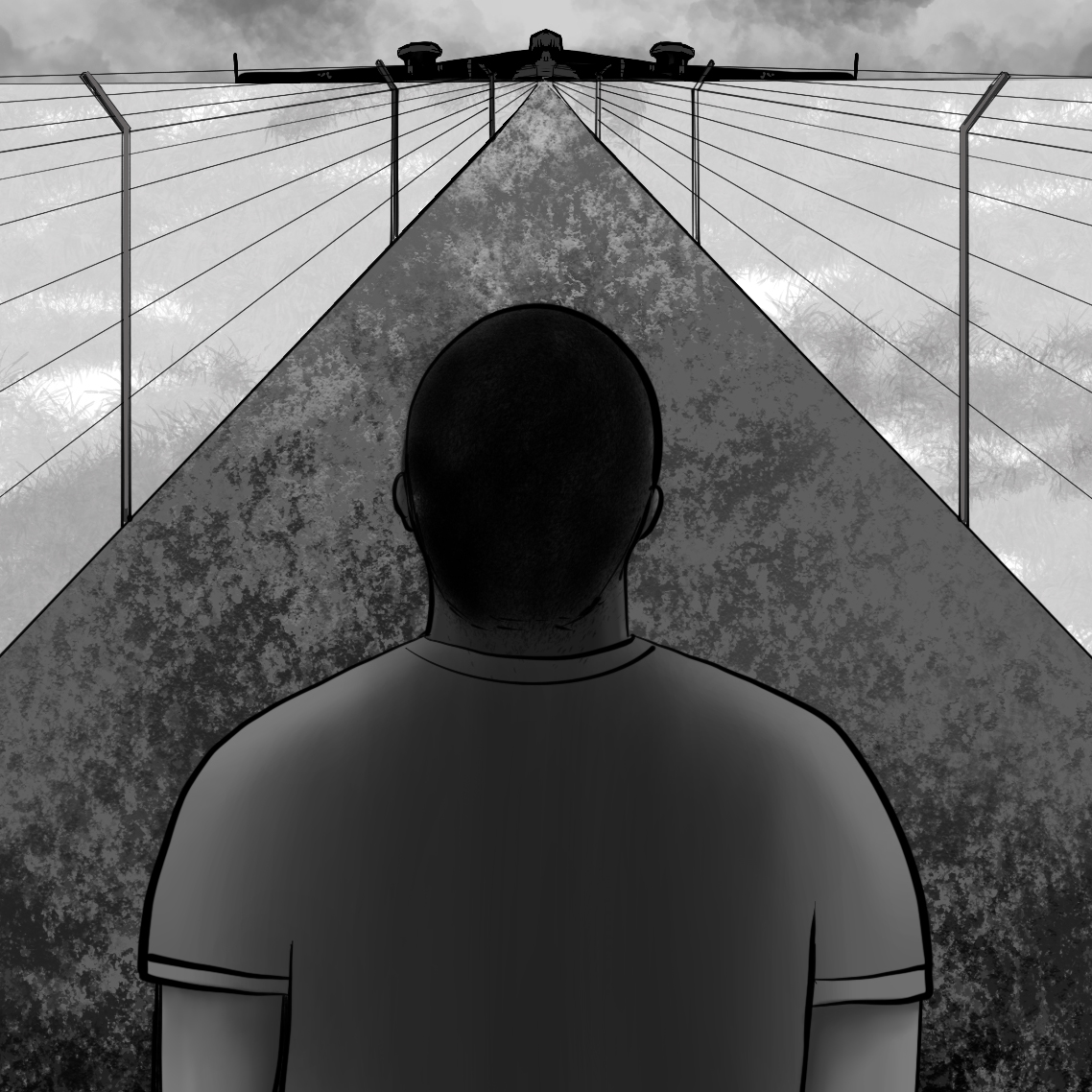
He already lived in this prison, he knows what it means and he was not left alone. That is why he does not want to leave his family member alone. So it is like that history of ties, these ties that are also broken by this judicial system. And I also put a lot of emphasis on absences. They say that jail is like the cemetery of the living, a side where no one wants to see. And where do you think the criminals are, but there are lives, there are stories of people, mothers, children, partners, wives. And there is your concern that they are well, that they do not lack anything. And it’s like half your life is in there and the other half is outside.
We try to convey that sensitivity, those absences and that harshness. He also wrote a song in which he speaks, from his experience, of the deprivation of liberty. And audios that he shares about the visits or what the lawyer says. The wait for the meeting that are the visits.
” And it’s like half your life is in there and the other half is outside.”
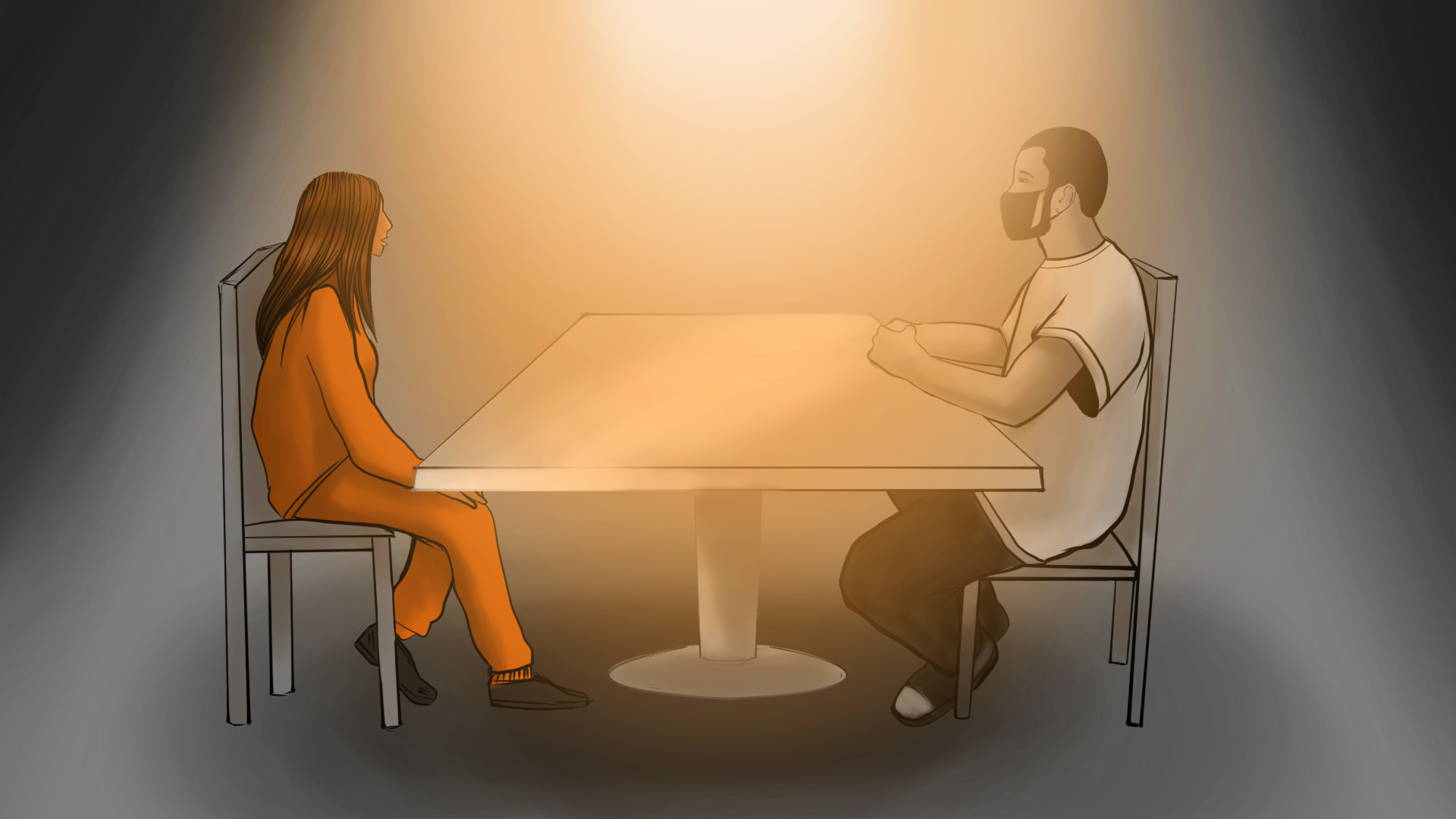
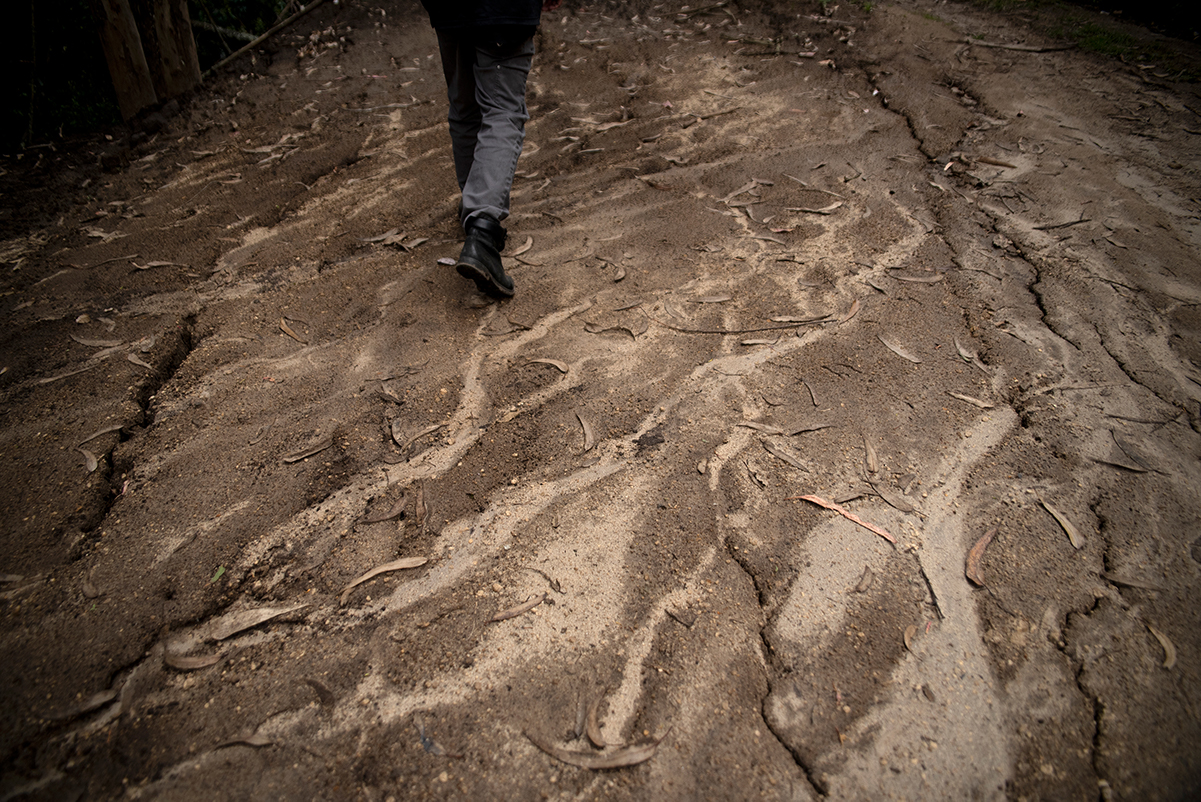
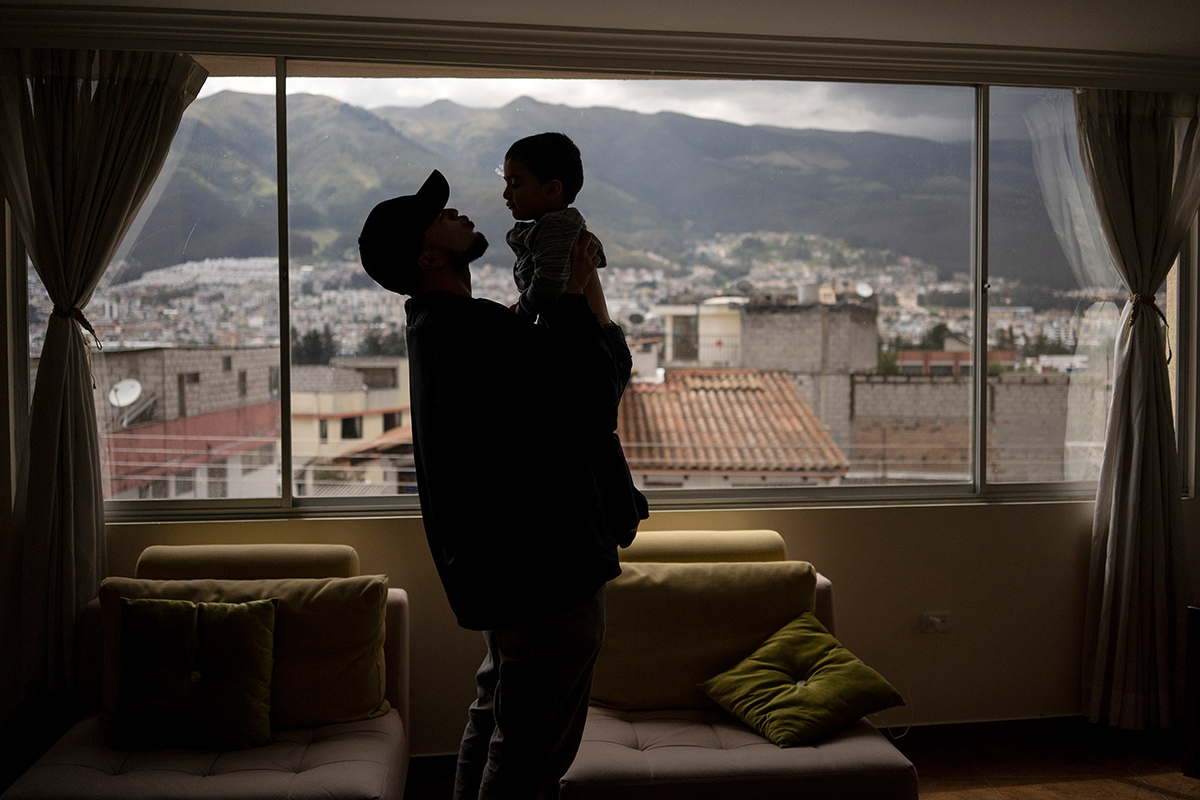
How is the process of recording, documenting and managing narrative resources to tell the complexity of these stories?
We rely a lot on illustrations: we work on all these parts that could not be documented with photos, like the part in which Iblunth is imprisoned with Valentina asleep and they grab her in front of her, because the police are like that, brutal. We draw the part inside the jail so that people have a context of what it is like. We ask for permits but with the reappearance of the virus we have not been able to enter to photograph, it has been prohibited. So we solve all that part with illustrations.
Rap is basically that voice of people deprived of liberty, right? And so that they themselves tell the story. It’s like the narrative style from which these stories are born.
The idea is that everyone can count on her/his own voice and that this is the narrative link of the whole story. The videos are super short, we try to integrate these resources so that it is not too overloaded, right? The idea is for the resources to be discussed, always thinking that this is a long-term project, so obviously there are other resources that were generated but that will gradually come out.
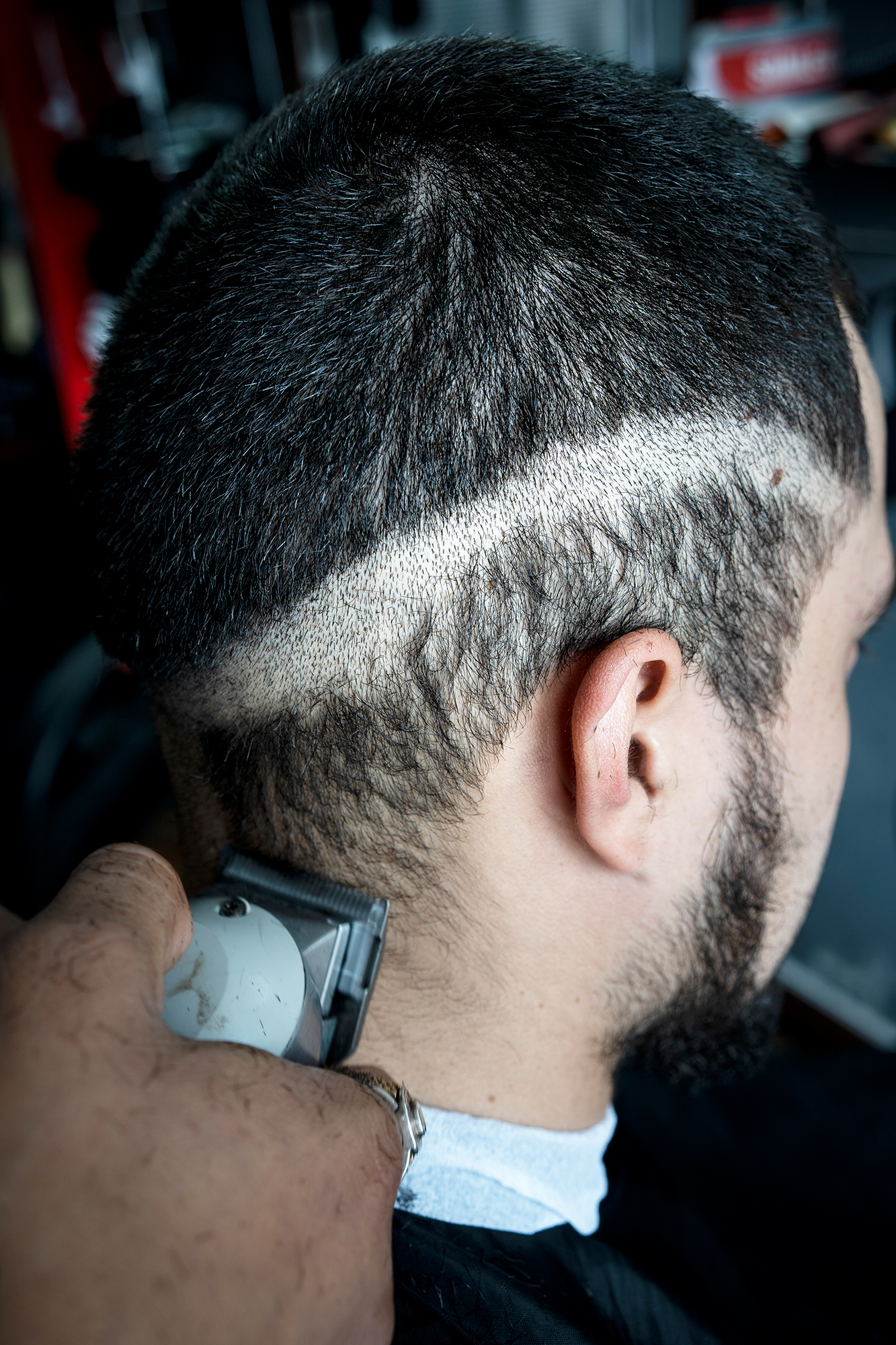

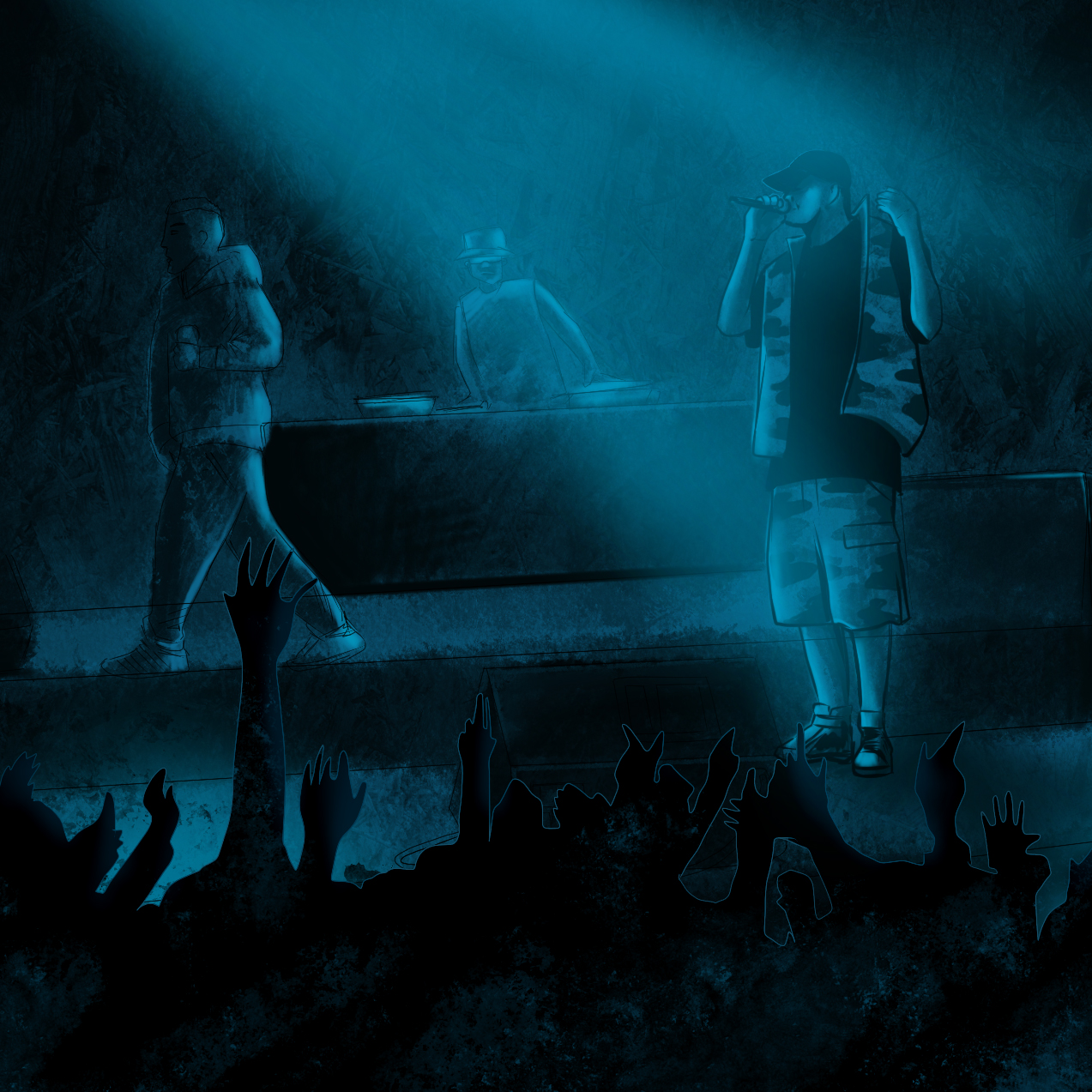
How much did the fact that a relative of yours have also been deprived of liberty influenced this project?
I never imagined making a project out of that situation. Never. In fact, when I was able to have the camera in my hands and was able to enter the detention centers, I felt that they were images that I did not want to make. I felt that it hurt me, I felt that I had always seen the prison like this, raw from the inside. Because it is very crude and it is very cruel. So I wanted to turn it around and then after 2017 this idea of Ghetto Dreamers began. What I try to do is move my experience away from the experiences of others in order to listen and create the stories from there, from them, from their feelings, from their knowledge.
This experience was decisive for me in a sense of being able to observe the subject, being able to get closer, but not decisive in my way of observing. Because what I have done in this time, my main challenge in this story and what made me hesitate many times to continue it, what has made me stop and start again, has been precisely that. I don’t want to interfere with stories of others, I simply want to accompany, dialogue with this and find the ways to be able to tell them. Because not all trips are what I lived, but we are all on this great umbrella and this great umbrella is unfair. This big umbrella contains extortion, abuse, violence. This device is pressing and it is pressing a lot and very hard …
How did you come up with the name of the project?
It was born in 2016 because they always tell us that these urban cultures are like those identities that are generated in the Ghetto, in the neighborhood, on the outskirts. Dreamers means dreamers. They are then the dreamers of the ghetto, the dreamers of the neighborhoods, the dreamers of all parts. Many things can happen to us, many things can happen to all people, but they always keep dreaming, that does not end.
The title of this chapter is ” Ghetto Dreamers, apostando a la vida”, which is born from these songs. Because behind all these figures there are dreams that they will not be able to lock up.
